News
Sri Lanka joins global drive to increase childhood cancer survival rate
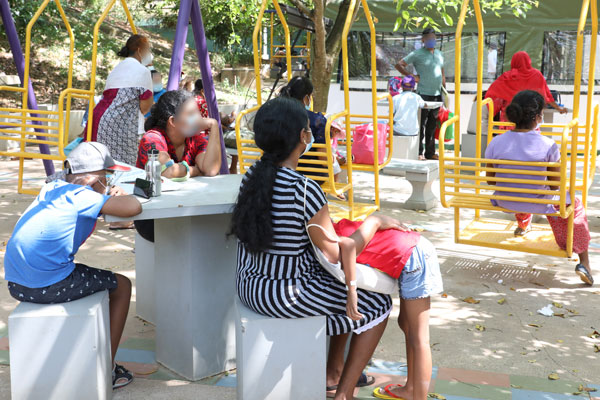
The play area of the National Cancer Institute Sri Lanka (NCISL). Pic by M.A. Pushpa Kumara
Some of the little ones in the play area are oblivious to the agony that their parents are going through.
From all over the country, these children have been diagnosed with cancer and are awaiting the results of COVID-19 testing before being taken to the Paediatric Ward of the National Cancer Institute Sri Lanka (NCISL) also known as Apeksha Hospital in Maharagama.
As the world celebrated International Childhood Cancer Day on Monday (February 15), what Sri Lankans may not know is that the country is on a strong quest, with the full support of the World Health Organisation (WHO), to achieve a target of at least a 60% survival rate for children with cancer by 2030.
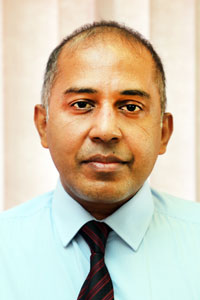
Dr. Wasantha Rathnayake
Before walking to the play area of the NCISL, the Sunday Times has heard all about this effort from two very passionate medical professionals who have been joined by the Director of the NCISL, Dr. Wasantha Dissanayake and the Director of the National Cancer Control Programme (NCCP), Dr. Janaki Vidanapathirana.
Explaining that this new effort in the form of the WHO Global Initiative for Childhood Cancer was set in motion in September 2018, the National Focal Point in Sri Lanka, NCISL’s Consultant in Paediatric Oncology, Dr. Sanjeeva Gunasekera points out that there is a “significant” disparity in developed and developing countries in the survival rate with regard to childhood cancers.
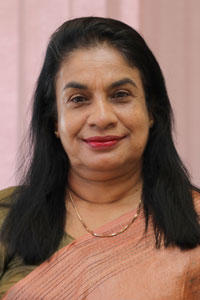
Dr. Janaki Vidanapathirana
Childhood cancers are “highly curable” and in the developed world survival rates exceed 80%, while in the developing world they are on average 20%, says Dr. Gunasekera, while Consultant Oncologist Dr. Wasantha Rathnayake points out that though Sri Lanka falls under the ‘developing country’ category, the survival rates for childhood cancer are not as low as that and “we are different”.
Pointing out that the NCISL is a centre of excellence in treating childhood cancer, Director Dr. Dissanayake recalls how 15 years ago paediatric care here was at a basic level, but with young and dynamic Oncologists joining, the quality of care has improved tremendously.
He assured his fullest support for the Global Initiative which would benefit needy children.
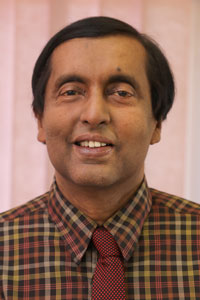
Dr. Wasantha Dissanayake
As cancer is a leading cause of death for children, with 300,000 new cases diagnosed each year around the world, the WHO hopes to bridge this gap in survival, so that by 2030 “no child (between 0 and 19 years) should die of cancer”. It has focused on six childhood cancers to improve the survival rate to 60% in the developing world.
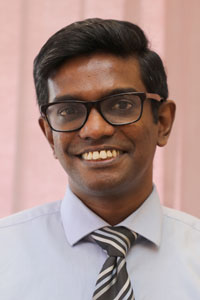
Dr. Sanjeeva Gunasekera
The Global Initiative involves development of a WHO technical package to help scale-up capacities within national health systems, with support from a host of partners including St. Jude Children’s Research Hospital in the United States of America (USA), the first WHO Collaborating Centre on Childhood Cancer, which has committed US$ 15,000,000 towards this initiative.
Dr. Gunasekera says that the WHO has chosen several countries from its six regions under this Global Initiative and the two from the South-East Asia Region (SEAR) are Sri Lanka and Myanmar.
The six childhood cancers being targeted for a reduction in death rates and increase in survival rates are:
n Acute LymphoblasticLeukaemia (ALL – a cancer of the blood and bone marrow). This is the commonest paediatric malignancy amounting to about 35% of childhood cancers.
n Hodgkin Lymphoma (cancer originating in the lymphatic system)
n WilmTumour (kidney cancer). This constitutes about 6% of all paediatric solid tumours
n Low-grade Gliomas (brain tumours)
• Burkitt Lymphoma (a form of non-Hodgkin lymphoma where thecancer originates in the B white cells in the immune system)
n Retinoblastoma (an eye cancer in the retina)
The thinking behind Sri Lanka seeking to be part of the Global Initiative is not just to strengthen the treatment of one type of cancer, the management of one group of cancer sufferers or train one category of staff, but to cover all 360° ofcancer care.
With the implementers in Sri Lanka of the Global Initiative being the Health Ministry’s NCCP; the Sri Lanka College of Oncologists; and the premier centre treating childhood cancers, the NCISL (which treats more than 95% of childhood cancers), sustainability is the aim of each and every intervention.
The activities under this Global Initiative which have already been planned and are being implemented since January include:
Capacity Building –
- Designing a training module on nursing care & childhood cancer management and conducting an in-service training for all nurses in the NCISL’s Paediatric Oncology Unitled by Consultant Paediatric Oncologist Dr. Mahendra Somathilaka.
Quality Improvement –
- Developing an institution-specific antibiotic policy to optimise the successful treatment of infections while ensuring the rational use of antibiotics to minimise emergence and spread of Multi-Drug Resistant (MDR) infection to be led by Consultant Microbiologist Dr. Samanmalee Gunasekera
- Establishing a Paediatric Early Warning System (PEWS) at the NCISL to clinically detect early sepsis and organ dysfunction thereby improving overall outcomes of children with cancer to be led by Consultant Paediatrician Dr. Rukmal Gunathilake
- Clinical practice guideline development on management of Acute Lymphoblastic Leukaemia (ALL)to be led by Consultant Paediatric Oncologist Dr. Sanjeeva Gunasekera
Innovation –
- Electronic solution for dosing of chemotherapy for ALL maintenance phase chemotherapy led by Dr. Sanjeeva Gunasekera
- Total pain free procedures in childhood cancer management to be led by Consultant Oncologist Dr. Thushari Hapuarachchi
Health Information –
- Developing a Hospital Based Childhood Cancer Registry to be led by NCCP’s Consultant Community Physician Dr. Suraj Perera
Health System Strengthening –
- Developing a National Childhood Cancer Policy to be led by NCCP DirectorDr. Janaki Vidanapathirana and Dr. Suraj Perera
Looking at the importance of some activities, Dr. Rathnayakewho represents the Sri Lanka College of Oncologists says that early identification of critically-ill children is vital as is also pain control in those affected by cancer. It was St. Jude Children’s Research Hospital, USA, that developed a common guideline for ALL treatment as they found that ALL was curable back in the 1960s and showed measures to prevent pain even when inserting a cannula.
“Being a key partner, the Sri Lanka College of Oncologists is responsible for the clinical development of treatment protocol and collaboration with international centres such as St. Jude and the Federation of Asian Organisations for Radiation Oncology. We have done a lot of work with regard to paediatric cancer including improving service delivery, protocol development and capacity development of staff members,” he says.
Dr. Gunasekera says that as part of the activities, they are also looking to build a safe and secure App to allow outstation families with children affected by cancer to keep in touch with the NCISL and send them the weekly blood reports etc. which are essential, without travelling to Maharagama.
Dealing with the main activities that the NCCP will undertake under this Global Initiative, Dr. Vidanapathirana says that on average about 800 new children are diagnosed with cancer each year in the country. The NCCP is working on a five-year (2021-2025) Cancer Strategic Plan identifying the gaps and challenges in moving forward. The main target is to improve diagnosis, provide the right treatment and have follow-up to improve survival rates, while also conducting research.
“Another target is to set up a hospital-based Cancer Registry (identifying the types of cancers, age range, survival rates for future interventions etc.) at the NCISL which is the ‘epicentre’ looking after 90% of the cancer patients,” she says, showing a stack of files she is carrying, while adding that they are working on a Memorandum of Understanding (MOU) with St. Jude Children’s Research Hospital. “We are now in the final stages.”
While appreciating the fact that WHO chose Sri Lanka to be part of this Global Initiative and the unstinting support of WHO SEAR’s Dr. Dorji Gampo and Dr. Bishnu Giri, WHO Country Representative Dr. Razia Pendse and Dr. Nalika Gunawardena of the Country Office, Dr. Gunasekerai s certain that this model to improve childhood cancer survival rates can also be expanded to encompass adult oncology.


